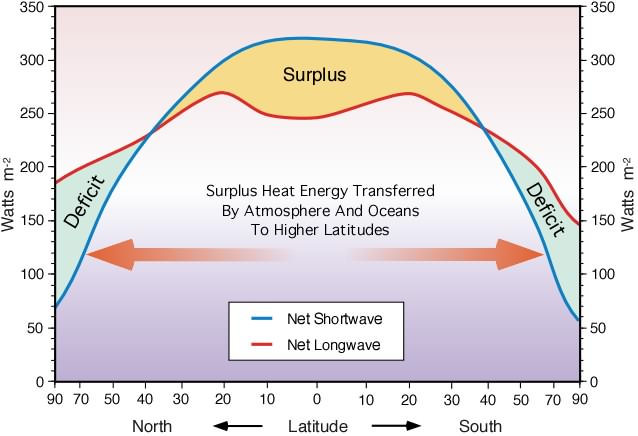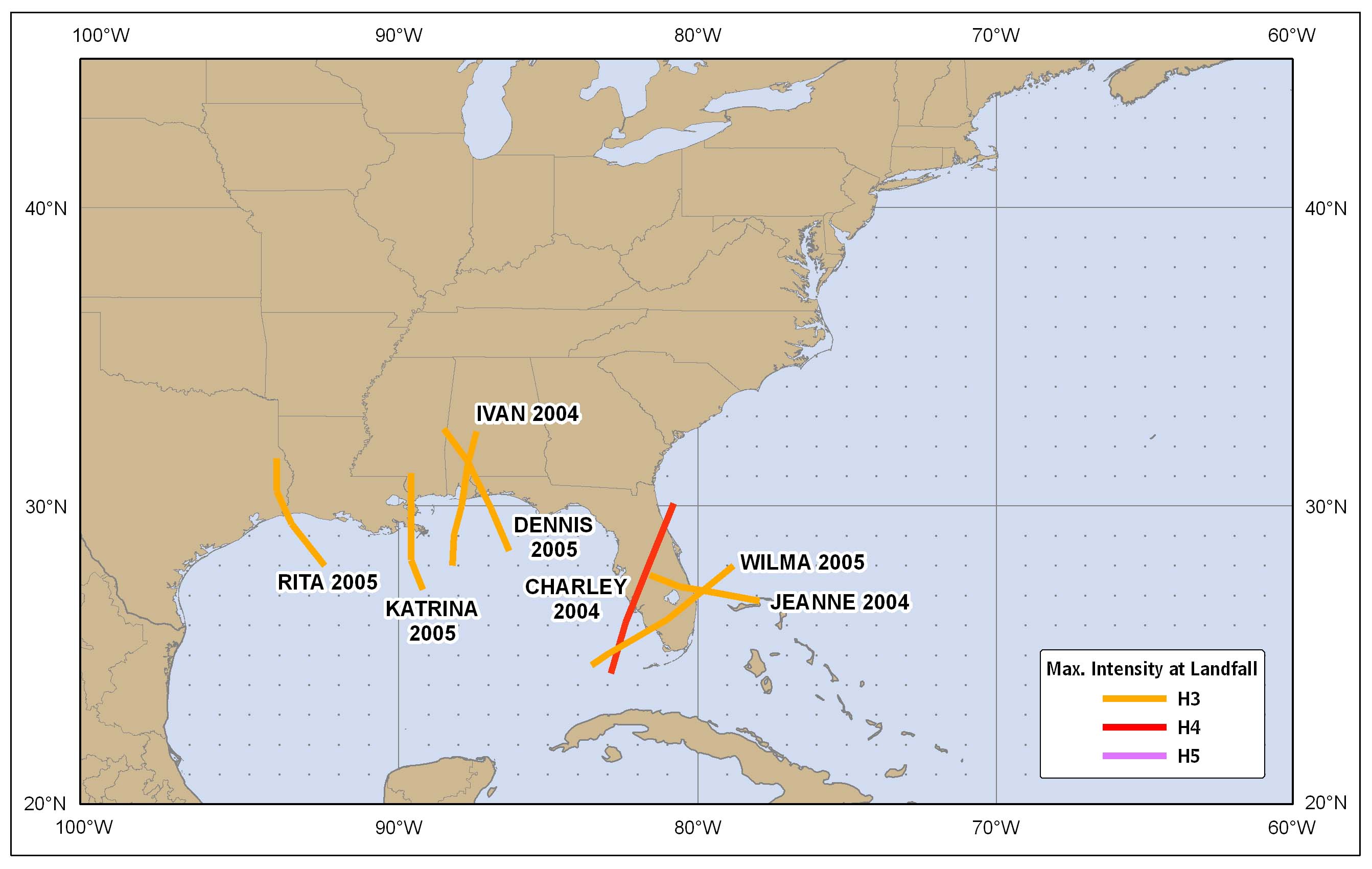M. P. Baldwin et al., Geophys. Res. Lett. 21, 1141 (1994).
Baldwin et al. described the relationship between the stratosphere and the troposphere. Changes to stratospheric circulation can, in turn, affect tropospheric weather patterns. This study notes that the North Atlantic Oscillation (NAO) was the pattern most strongly related to wintertime changes in stratospheric temperatures and circulation.




 Image from NOAA's Hurricane Hunters
Image from NOAA's Hurricane Hunters

 Image from Lyndon State College.
Image from Lyndon State College. Image from the University Corporation for Atmospheric Research.
Image from the University Corporation for Atmospheric Research.